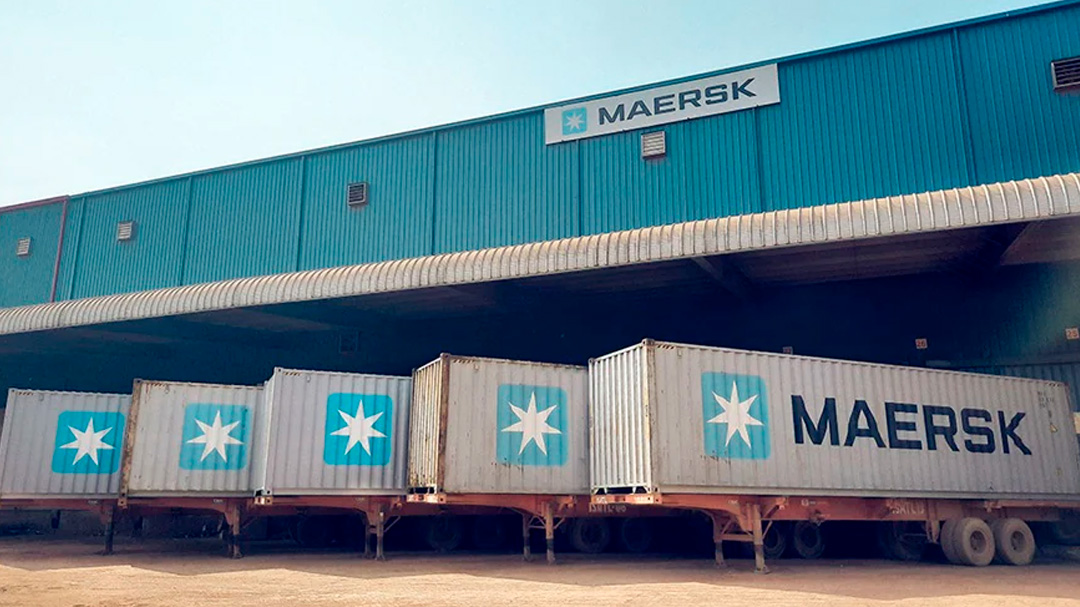Maersk titled one of its slides on its investor’s presentation “Looking back on an extreme year”. This seems an accurate description, with extreme market conditions and extreme financial results.
For the year, the whole company’s revenue was up 55% at US$61.8bn, whilst EBITDA (Earnings Before Interest, Tax, Depreciation and Amortisation) was US$24bn – an increase of 192%. Profit after tax leapt over 500%.
In the core ‘Ocean’ container shipping business the experience in Q4 was one of huge increases in freight rates leading to a bonanza for shipping lines. In Q4, the Ocean business saw a revenue increase of 77% on the back of a rise in freight rates of 83%. This was despite a 4% fall in the number of containers handled. Some aspects of these numbers are hard to believe. For example, Earnings Before Interest, Depreciation and Amortisation jumped from US$2.2bn in Q4 2020 to US$7.3bn, representing a margin of 50.3% during the quarter. This is despite the increase in fuel costs. It is a similar picture for the full year, where EBITDA more than trebled to U$21.4bn. This represents an EBITDA margin of 44.4%. The EBIT margin was 37.2%. For a sector that ten years ago was struggling to cover the costs of its capital, this is quite a turnaround. It is worth noting, however, that for Maersk, utilisation of ship capacity has fallen.
It is a roughly similar picture in other parts of the business. In Logistics & Services, revenue for the full year increased 41% to $9.8bn and EBITDA almost doubled to US$907m. Margins are still on planet Earth at 9.2% for EBITDA. Admittedly some of the sales increase represents acquisitions, but organic growth was still 38% in the 4th quarter. All parts of the business apparently saw strong growth, but the ‘e Fulfilled by Maersk’ business saw revenue grow by 60%, “driven by the establishment of 24 new warehouses in Q4 2021…also positively impacted by e-commerce, mainly driven by Visible and B2C”. Maersk has continued to expand its presence in this sector through the purchase of Pilot Freight Services, a US$1.5bn specialist last-mile delivery provider in the US.
The Terminals & Towage business also saw good conditions, with revenue rising 24% over the full year to US$4.7bn, leading to a 39% increase in EBITDA for the entire business to $1.67bn. The cause of this was the “result of higher volume in high-cost locations and additional cost to ease the congestion”; in other words, high demurrage and warehousing revenue in congested ports.
Certainly, 2021 has been an extremely good year for Maersk. The company suggests market conditions will begin to return to normal towards the end of 2022 and there are some signs of this already. Yet the company remains highly profitable. It will be interesting to see how profitable both its traditional shipping business and its radically new acquisitions will be in a more normal market.
SOURCE:Transport Intelligence

